Do you know the size of nanoparticles and how much this can help in different contexts? The applications of nanoparticles properties in industry are many and it can be said that they are extremely cost effective not only in industry but also in medicine and pharmacy. Join us for more information on these amazing particles.
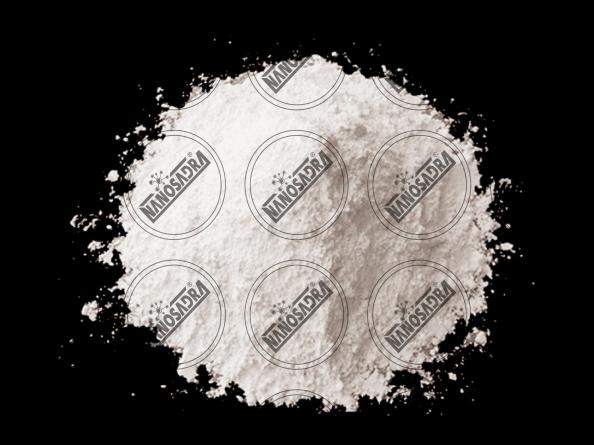
Are nanoparticles bigger than atoms?
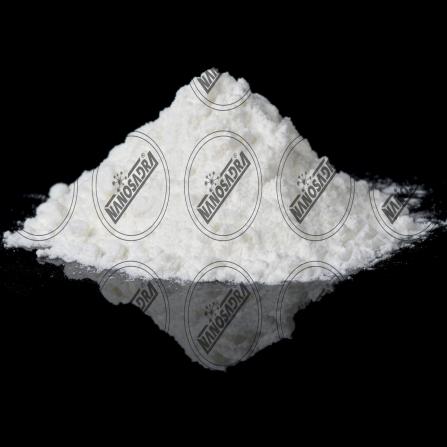 Nanotechnology is the ability to produce and fabricate new materials, tools and systems by taking control at the nanometer scale, or atomic and molecular levels, and using the properties that appear at these levels. One nanometer is one billionth of a meter ( 10^-9 meters). It is 18,000 times smaller than the diameter of a human hair.
Nanotechnology is the ability to produce and fabricate new materials, tools and systems by taking control at the nanometer scale, or atomic and molecular levels, and using the properties that appear at these levels. One nanometer is one billionth of a meter ( 10^-9 meters). It is 18,000 times smaller than the diameter of a human hair.
On average, 3 to 6 atoms together form a length equivalent to one nanometer, depending on the type of atom. In general, nanotechnology is the development, production and use of tools and materials that are about 1–100 nm in size. Nanotechnology can be divided into three levels: materials, tools and systems.
Nanomaterials used in this technology are called nanomaterials. Nanostructured material refers to any material having at least one dimension on a nanometer scale (below 100 nm). This definition clearly encompasses many types of structures, whether man-made or nature. A nanostructured material is a solid that is spread across the body by atomic arrangement, constituent crystals, and chemical composition on a multi-nanometer scale.
Most used and affordable nanoparticles on the market
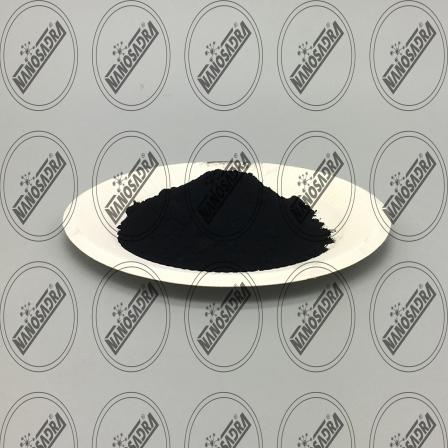 One of the most serious debates in the world today that is considered important by many countries is the issue of saving and optimizing the use of resources and energy under the current constraints, so experts say the use of new technologies such as nanotechnology This area can be helpful in discussing economic savings and addressing many of the problems.
One of the most serious debates in the world today that is considered important by many countries is the issue of saving and optimizing the use of resources and energy under the current constraints, so experts say the use of new technologies such as nanotechnology This area can be helpful in discussing economic savings and addressing many of the problems.
Nanotechnology promises significant advances in various scientific and industrial fields, including the construction industry. This technology has provided many opportunities to enhance competitiveness in the construction industry such as faster, safer, more desirable, more sustainable and more cost-effective construction.
Nanotechnology is used in almost all areas of the building including skeletons, facades, building systems and interior design. The use of this technology in the construction industry has led to the production of high performance multifunctional building materials and added value while increasing the durability and quality of building materials.
Nanoparticle Definition, Size Range, & Applications
 It is a particle with a diameter of about 1 to 100 nm. In addition to the metallic type, insulators and semiconductors, the nanoparticles also incorporate synthetic nanoparticles such as core structures. Also, nanospheres, nanomaterials, and nanofibers are only considered forms of nanoparticles. Nanoparticles are considered to be low in size nanoclusters. Nanocrystals and semiconductor quantum dots are also subsets of nanoparticles.
It is a particle with a diameter of about 1 to 100 nm. In addition to the metallic type, insulators and semiconductors, the nanoparticles also incorporate synthetic nanoparticles such as core structures. Also, nanospheres, nanomaterials, and nanofibers are only considered forms of nanoparticles. Nanoparticles are considered to be low in size nanoclusters. Nanocrystals and semiconductor quantum dots are also subsets of nanoparticles.
The uses of nanoparticles examples and types of nanoparticles include a wide range that we summarize briefly:
- Semiconductor Nanoparticles (Quantum Dots): Semiconductor quantum dots fluoresce by electric excitation or radiation of different wavelengths. These particles can also reflect, reflect or absorb light depending on the applied voltage. This feature has made them suitable for photochromic and electrochromic materials (substances that change color or light, respectively) and solar cells.
- Ceramic Nozzles: As the size of the nanoparticles decreases, the effective surface area to particle volume ratio is increased, the surface effects are enhanced and the catalytic properties are increased. For this reason, these products are used as catalysts in areas such as batteries, fuel cells and a variety of industrial processes.
- Ceramic nanoparticle nanocomposites: In a ceramic nanoparticle nanocomposite, ceramic nanoparticles are distributed within a polymer network. Using nanoparticles in composite materials can increase the strength of their chemical and thermal resistance and reduce their weight, adding new properties such as electrical conductivity and altering their interaction with light or other radiation.
Wholesale price of silver nanoparticles 2019
 Silver nanoparticles are nanoparticles of 1 to 100 nanometers in diameter. While often known as silver, some of them are made up of a large percentage of silver oxide, due to the large surface area to silver ratio.
Silver nanoparticles are nanoparticles of 1 to 100 nanometers in diameter. While often known as silver, some of them are made up of a large percentage of silver oxide, due to the large surface area to silver ratio.
Their large surface area allows for the coordination of large numbers of ligands. Applicable properties of nanoparticles in human treatment have been investigated in laboratory and animal studies, and their potential efficacy, toxicity and cost have been evaluated. these products can be find easily in marketplaces with cheap prices and high qualities.








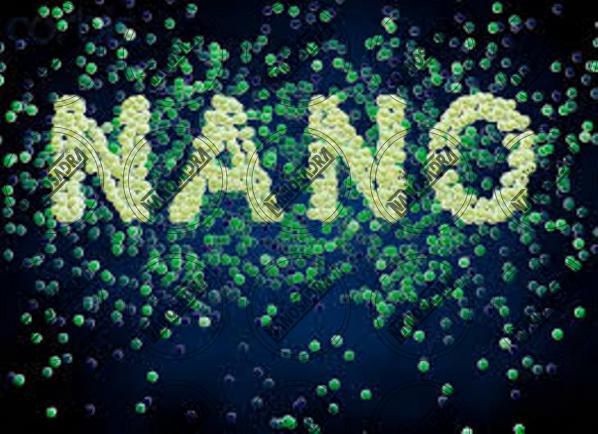
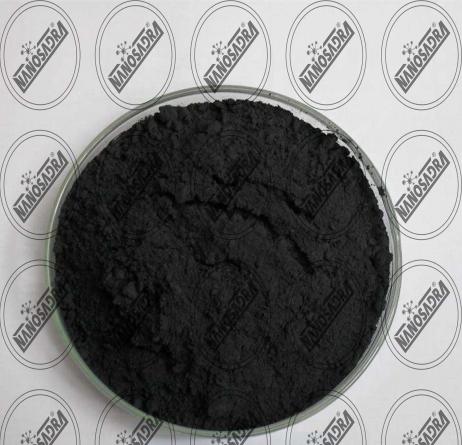
Your comment submitted.